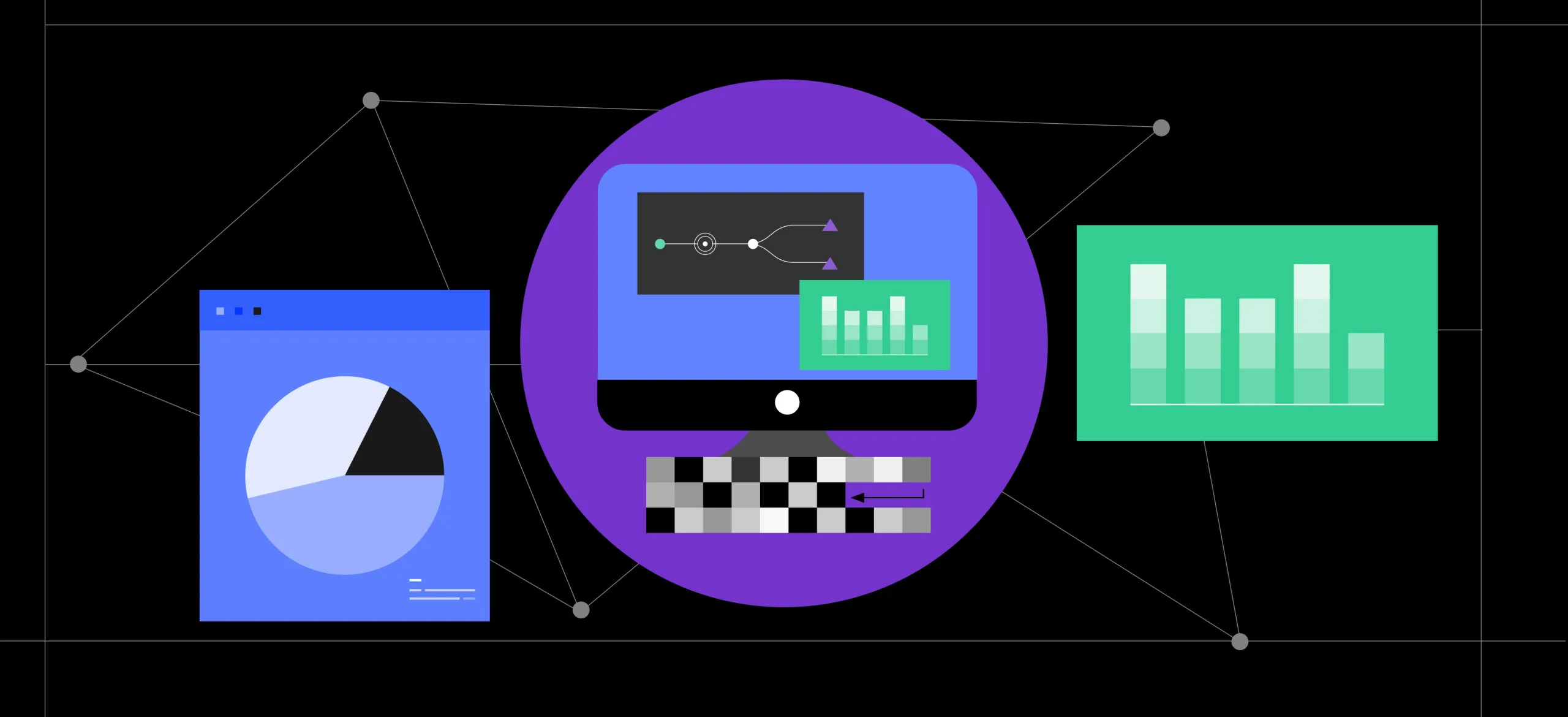 **Microsoft’s Copilot+ PC Outshines OpenAI’s ChatGPT Desktop App for Mac**
**Microsoft’s Copilot+ PC Outshines OpenAI’s ChatGPT Desktop App for Mac**
At OpenAI’s Spring Update conference, the announcement of the ChatGPT desktop app for macOS left some wondering why it wasn’t released for Windows first, considering Microsoft’s role as OpenAI’s primary financial backer. The reason became clear at Microsoft’s Build conference, where they unveiled the new Copilot+ PC, which showcases a robust set of features deeply integrated into the operating system and seamlessly utilizing AI models both on the device and in the cloud. In comparison, OpenAI’s ChatGPT desktop app for Mac seems insignificant.
**Divergent Strategies: Apple vs. Microsoft**
Both Apple and Microsoft have been incorporating AI features into their applications, but with different approaches. Apple focuses on creating polished products with cutting-edge technology and ample room for future software features. Their devices boast more memory and compute power than most users require, with operating system updates and new software features taking advantage of specialized hardware. However, Apple’s on-device generative AI has not yet matured, resulting in a patchwork of different AI tools that do not seamlessly integrate into the operating system.
On the other hand, Microsoft prioritizes delivering cutting-edge AI technologies and finding ways to bring them as close to the user as possible. Through their investment and partnership with OpenAI, Microsoft integrates frontier models into their products. They also support open models like Llama and Mistral while releasing small language models (SLMs) such as Phi and Orca. Microsoft CEO Satya Nadella emphasized that his company is not solely reliant on OpenAI, as they invest in diverse models and capabilities while partnering deeply with OpenAI.
**Microsoft’s Seamless Integration**
Microsoft’s Copilot+ PCs showcased a range of AI capabilities, including image creation, live captions, productivity tools, and the Recall feature. Some features run on-device, some in the cloud, and others are distributed between both. Microsoft aims to continue evolving in this field, especially with their efforts to bring advanced ARM chips to laptops. As the hardware becomes more powerful and on-device LLMs become more efficient, the Copilot’s backend models will adapt seamlessly without disrupting the user experience.
Stratechery’s Ben Thompson described Microsoft’s Copilot+ PC as “MacBook Air-esque” and “unlike Apple’s offering.” He commended its meaningful integration with AI, which not only proves useful today but also establishes a foundation for future usefulness as developers leverage Microsoft’s AI capabilities.
**ChatGPT as Microsoft’s Trojan Horse**
After OpenAI released the ChatGPT app for macOS, some users mocked Microsoft for investing $10 billion in OpenAI merely to release an app for a competing platform. However, in light of the Microsoft Build announcements, it appears that ChatGPT has become Microsoft’s Trojan horse in the Apple ecosystem. ChatGPT runs on the Azure cloud, and its deeper integration into macOS and iOS gives Microsoft a stronger foothold in the Apple user experience. While Microsoft may have won this round, the race is far from over, and Apple’s WWDC in June may unveil their own advancements in AI integration.

